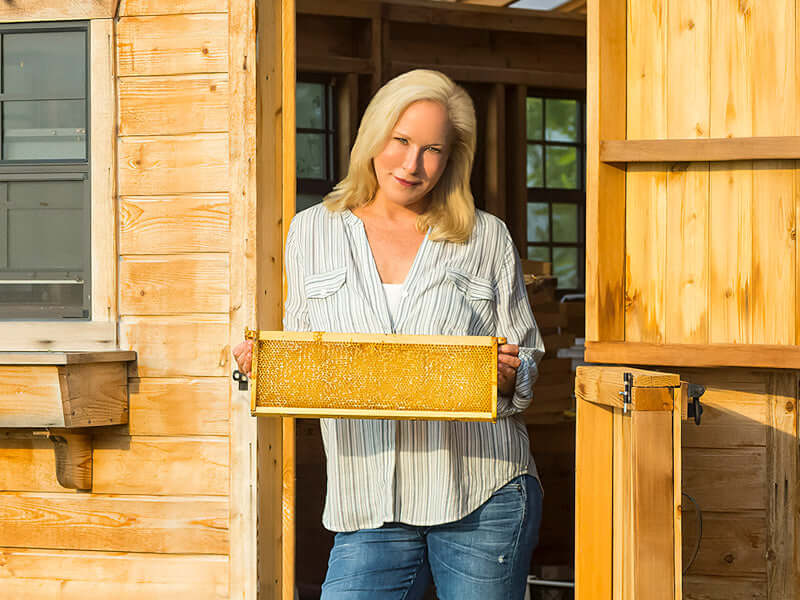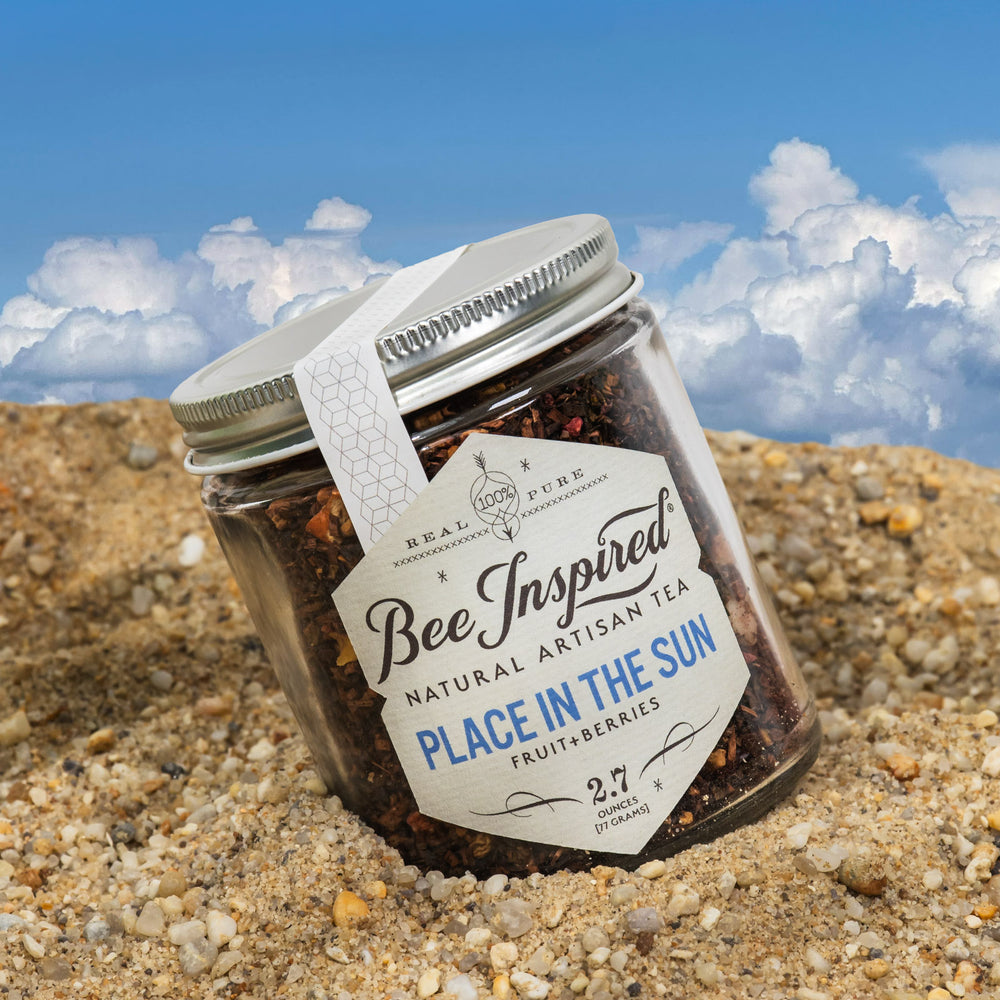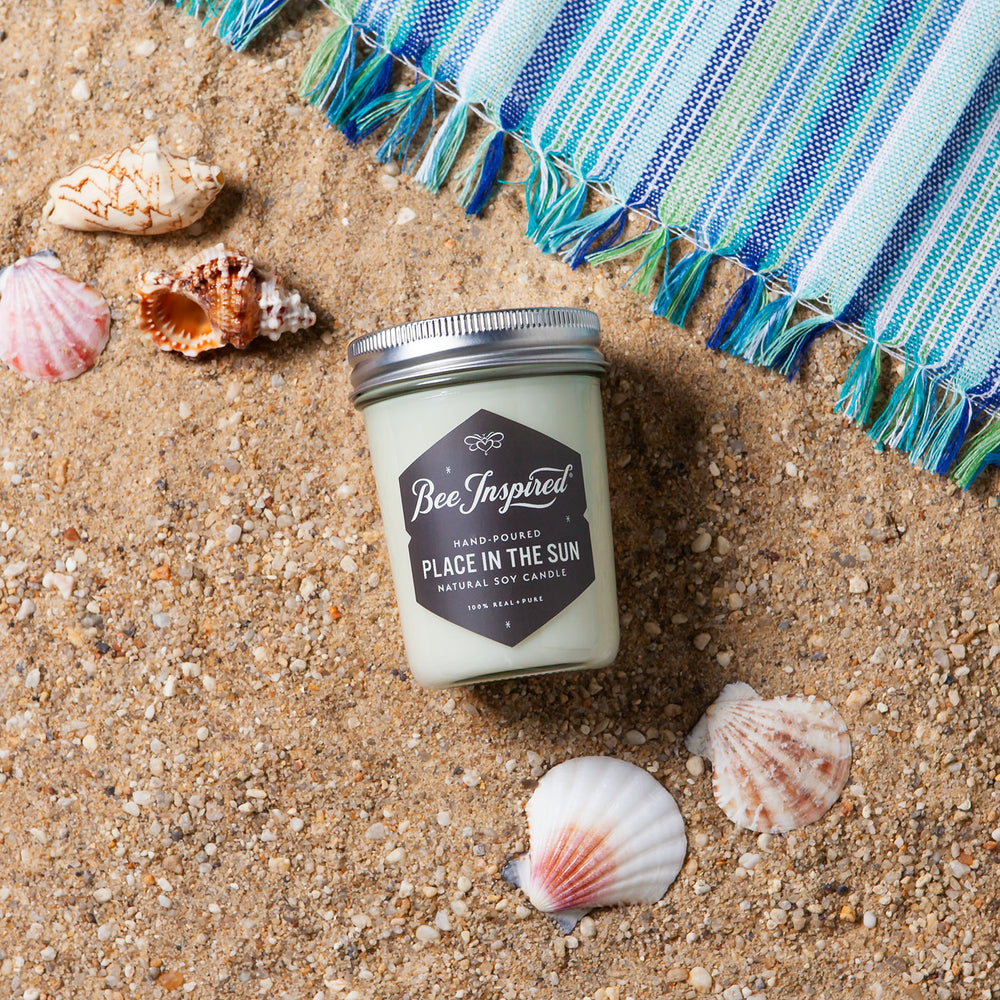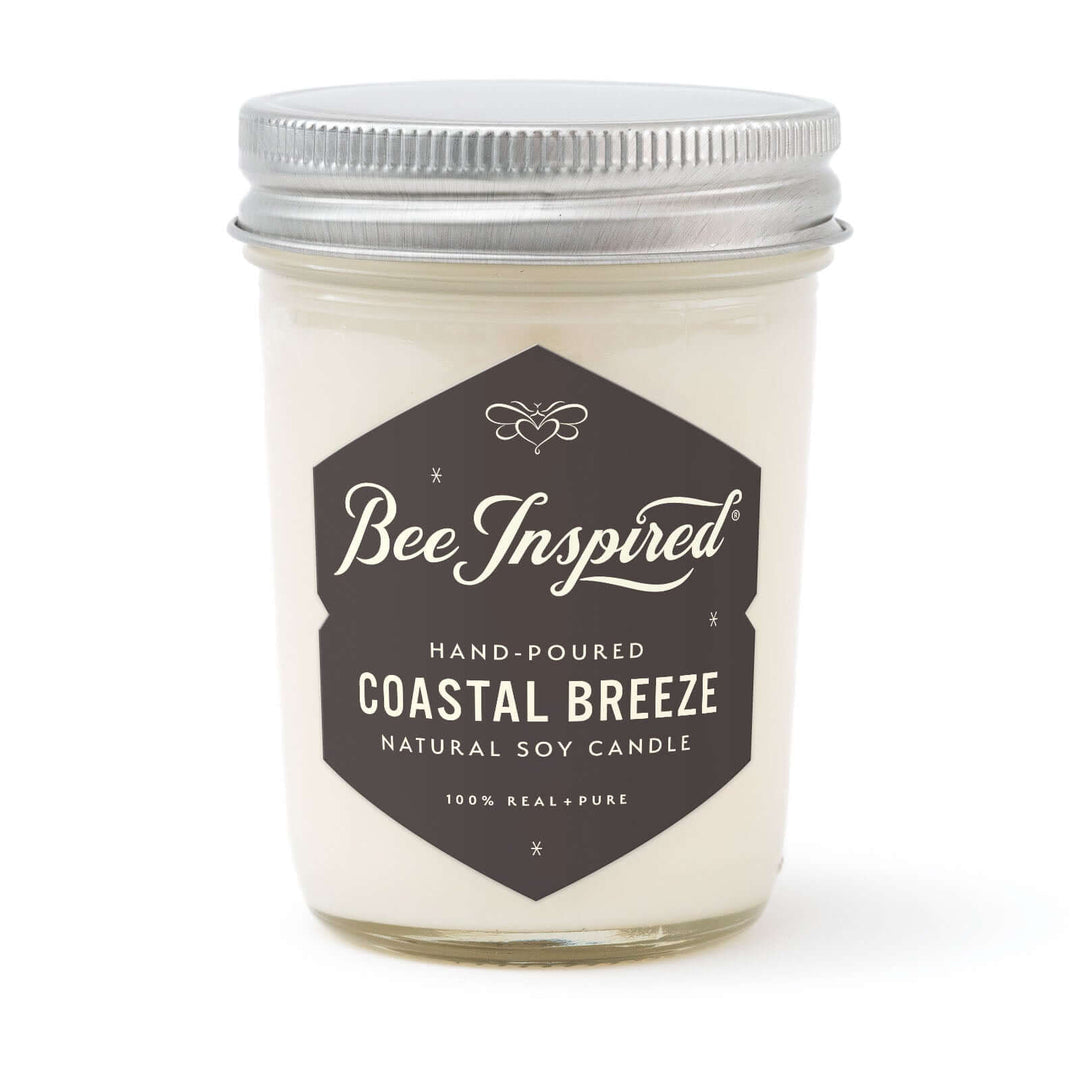Introduction to Requeening
Requeening is an essential skill for beekeepers looking to maintain healthy, productive hives. As a second-year beekeeper, I’ve learned that beekeeping is truly an art that requires patience, observation, and continuous learning. I’m grateful to have experienced mentors guiding me through processes like requeening, which can significantly impact a hive’s survival and productivity. Positioning the new queen near a brood frame is crucial, as the presence of brood encourages the bees to cluster and accept the new queen more readily.

Pointing to the queen at the bottom of the frame
What is Requeening?
Requeening is the deliberate replacement of a hive’s existing queen with a new, typically younger queen. While bees naturally replace queens through a process called supersedure when they sense their leader is failing, beekeepers sometimes need to intervene for the colony’s health. Replacing an old or dying queen ensures the hive’s productivity.
Placing the new queen near a frame of capped brood can increase her chances of being accepted by the colony, as it indicates the bees are actively caring for young and will help take care of the new queen.
During natural requeening, worker bees create special queen cells filled with royal jelly where new queens develop. These cells have a distinctive cup-like appearance and are larger than regular brood cells.

Queen in cage
Why Should You Requeen Your Hive?
There are several critical reasons to consider requeening:
-
Weakening hive population: When you notice fewer bees than in your other colonies
-
Brood pattern issues: Spotty or irregular egg-laying patterns indicate queen problems
-
Missing eggs: No visible eggs in the brood chamber suggests queen failure
-
Age: Queens typically become less productive after 1-2 years
-
Disease resistance: New queens from selected genetic lines can improve colony health and reduce brood diseases
-
Temperament management: Replacing queens can help manage aggressive behavior. Once a hive becomes aggressive, management strategies, such as splitting or shaking, might be necessary before requeening.
-
Presence of drone brood: Drone brood mixed with worker brood, characterized by large, bumpy capped cells, can indicate the need to requeen.
-
Hot hives: Aggressive colonies displaying territorial and defensive behaviors may require requeening to improve temperament.
According to the Oregon State Beekeepers Association, “The assessment of whether a hive is weak or strong is based on the hive population. A large adult population, lots of brood and a solid brood pattern are indicators of a good queen and a strong hive.”

Inspecting a frame of brood
The Importance of the Queen Bee
The queen bee is the heart of any bee colony. She is:
-
The primary reproductive female
-
The source of all worker and drone bees
-
Essential for colony survival
-
Responsible for maintaining colony cohesion through pheromones
Introducing a new mated queen can help maintain colony health and productivity. A young queen is often more productive and can enhance the overall health of the hive.
A healthy colony cannot exist without a productive queen. If she becomes ill or dies, the entire hive will perish unless a replacement queen is introduced in time. A strong source of healthy and consistent brood is crucial for the colony’s growth and sustainability.
How to Identify the Queen Bee and Queen Cells
Finding the queen is an essential skill for requeening. Here's how to spot her:
-
Size: The queen is typically the largest bee in the colony
-
Shape: Her abdomen is more elongated and pointed than workers
-
Behavior: She moves deliberately, with workers often forming a circle around her
-
Legs: The queen's legs splay outward, making them more visible
-
Markings: Commercial queens often have a colored dot on their thorax indicating the year they were born

Capturing the queen
When to Order a New Queen
Planning ahead is crucial in beekeeping. I learned this lesson when one of my hives that had been robbed the previous season weakened dramatically over winter. We placed our queen orders in January for spring delivery, which is recommended practice. Requeening in September can result in the production of winter bees, which have a longer lifespan and ensure better productivity in spring. Leaving the hive uncovered for long periods can provoke bees and increase aggression during the requeening process. It is difficult to requeen a hive without sufficient experience or proper protection against aggressive bees.
For replacement queens, check with local beekeeping associations or suppliers, as queens available within driving distance offer advantages over shipped queens.
Preparing for Requeening
Before requeening, it’s essential to prepare the hive to ensure a smooth transition. Start by removing any queen cells or supersedure cells. These cells, which the workers create to replace the existing queen, can interfere with the acceptance of the new queen. Carefully inspect each frame and eliminate these cells to prevent any competition.
Next, clean and organize the hive. A tidy hive reduces stress on the bees and makes the introduction of the new queen smoother. Ensure the brood box is free of debris and excess comb that might hinder the new queen’s integration. This step is crucial for creating a welcoming environment for the new queen.
Additionally, check for any signs of brood diseases. Addressing these issues before introducing the new queen is vital for the health of the colony. Look for irregular patterns, discolored larvae, or unusual smells, and take appropriate action if you detect any problems. A healthy hive is more likely to accept a new queen and thrive under her leadership. We find it helpful to mark the queen before we install her.

Marking the queen
Introducing the New Queen
Introducing the new queen is a delicate process that requires careful handling. The new queen should be introduced in a protective queen cage to prevent the bees from harming her. This cage allows the worker bees to get accustomed to her pheromones gradually.
Position the queen cage between two top bars, with the screened side facing the comb. This placement ensures that the worker bees can interact with the new queen without direct contact. The queen cage should be placed on a slight tilt, with the candy side down. This orientation allows the workers to eat through the candy and release the new queen over a few days, giving them time to accept her.
It’s essential to follow the instructions provided by the queen breeder for introducing the new queen. Each breeder may have specific recommendations based on their experience and the queen’s characteristics. After placing the queen cage, close the hive and make a note on the back of the lid with the date and “Q intro” to track the requeening process. This record-keeping helps you monitor the hive’s progress and ensures you don’t disturb the bees unnecessarily.
Post-Requeening Care and Monitoring
After introducing the new queen, it’s crucial to avoid disturbing the hive for about a week. This period allows the bees to accept the new queen without additional stress. Resist the temptation to check on them too soon, as this can disrupt the acceptance process.
After a week, check the hive to ensure the new queen has been released from her cage and is laying eggs. Look for signs of acceptance, such as eggs and brood. If you find any supersedure cells, destroy them to prevent the workers from replacing the new queen. This step is essential to ensure the new queen has a chance to establish herself.
Monitor the hive for any signs of brood diseases and address them promptly. Regular inspections help maintain the health and productivity of the hive. Keep an eye out for irregular brood patterns, discolored larvae, or unusual smells, and take action if needed. Ensuring the new queen is accepted and the hive remains healthy will set your colony on the path to success.

a full hive of bees
My Requeening Experience
During early April, we inspected our weakened hive and found concerning signs:
-
No brood in the lower brood box
-
Presence of hive pests (roaches and beetles)
-
Excessive burr comb
After cleaning the hive and removing pests, we located the queen. Her poor performance confirmed our suspicions, so we:
-
Gently removed the failing queen
-
Introduced a new queen in a queen cage
-
Added a fresh package of bees to strengthen the colony
Replacing the older bees with the offspring of the new queen can improve hive temperament. The presence of worker brood is a good indicator of a healthy queen.
The queen cage is crucial for safe introduction, allowing the colony to gradually accept the new queen’s pheromones before she’s released. New queen bees must be introduced in a protective cage to avoid being harmed by the worker bees. Requeening should ideally occur after the old queen has been removed to increase the acceptance rate of the new queen. Direct requeening involves releasing the new queen directly into the hive, which is less recommended because bees may kill her.

queen cage filled with queen and her attendants
Requeening Best Practices with a Mated Queen
For successful requeening:
-
Choose queens from reputable sources with desirable traits
-
Introduce new queens during good weather and honey flows
-
Use proper introduction techniques with queen cages
-
Place the caged queen between frames of emerging brood
-
Check for acceptance 3-5 days after introduction
-
Ensure adequate food resources during the transition
-
Monitor the hive for about a week after introducing a new queen to check for acceptance. Requeening is ideally done one day after removing the old queen. If the old queen is removed too soon, the chance that the new queen will be accepted decreases.
-
Monitor queen cells to ensure a calm hive environment after requeening
-
Introduce a new mated queen shortly after de-queening to maximize acceptance
-
Choose queens from reputable sources with desirable traits
-
Introduce new queens during good weather and honey flows
-
Use proper introduction techniques with queen cages
-
Place the caged queen between frames of emerging brood
-
Check for acceptance 3-5 days after introduction
-
Ensure adequate food resources during the transition
-
Monitor the hive for about a week after introducing a new queen to check for acceptance. If the new queen is not released within a week, beekeepers should check if she is stuck in her cage and assist her if necessary.
Mastering the Art of Requeening
Requeening is both a science and an art. Understanding when and how to replace a failing queen can save a struggling colony and improve hive productivity. Indirectly introducing the new queen is the more effective method. As with all aspects of beekeeping, observation, patience, and continuous learning are key to success.
For more on our beekeeping adventures, visit our YouTube channel or read more about my journey into beekeeping.
[Article updated: March 2025]











